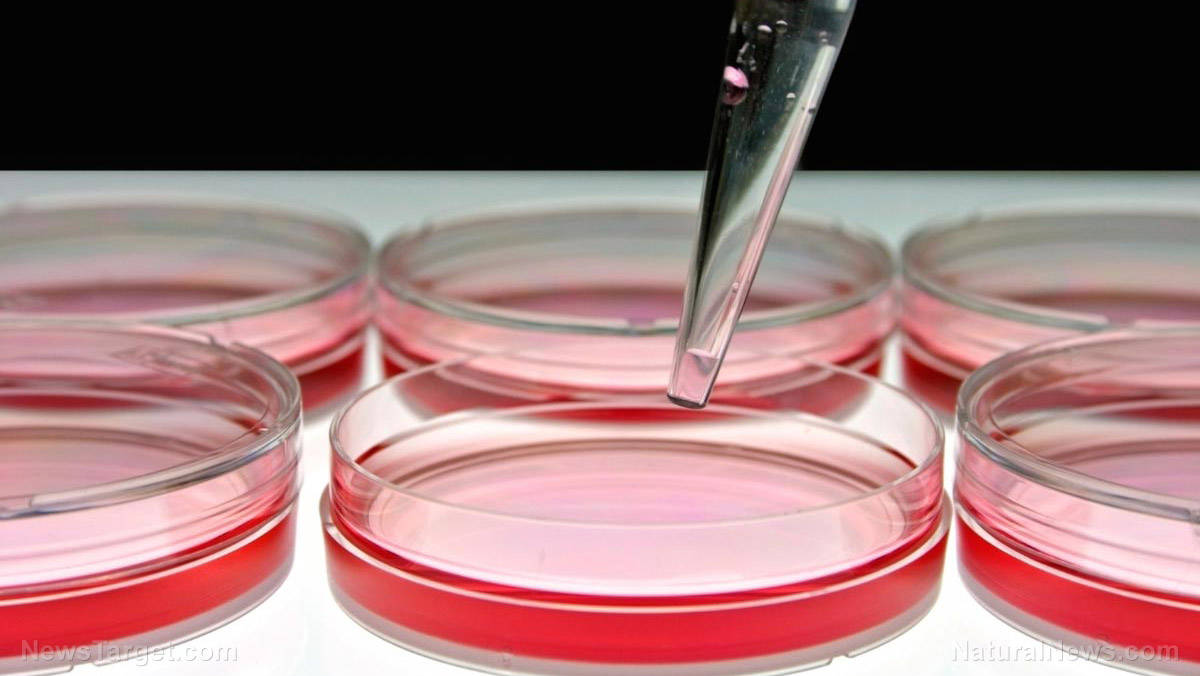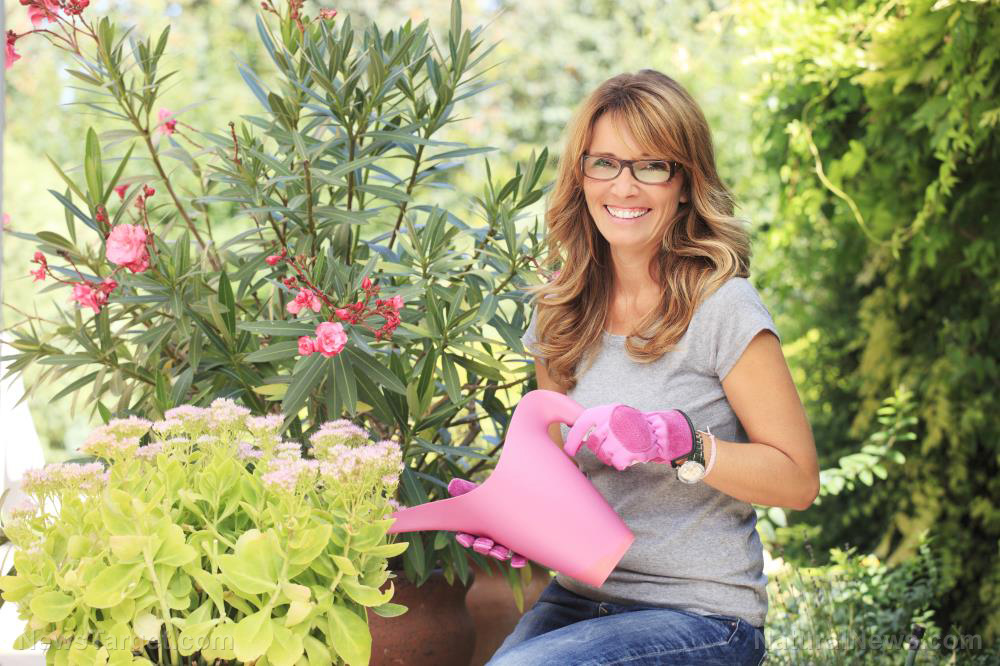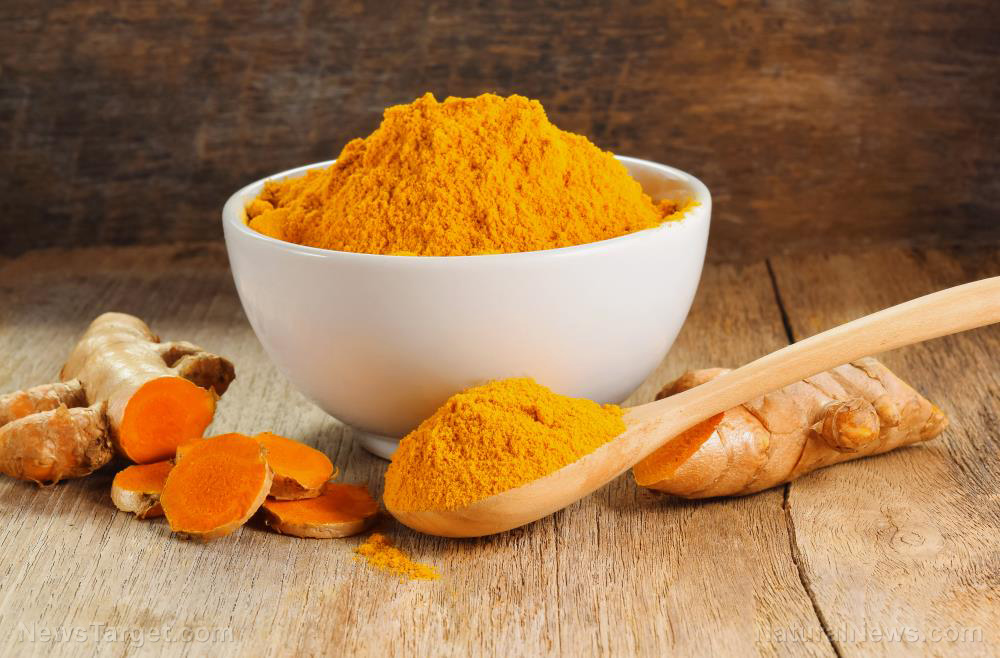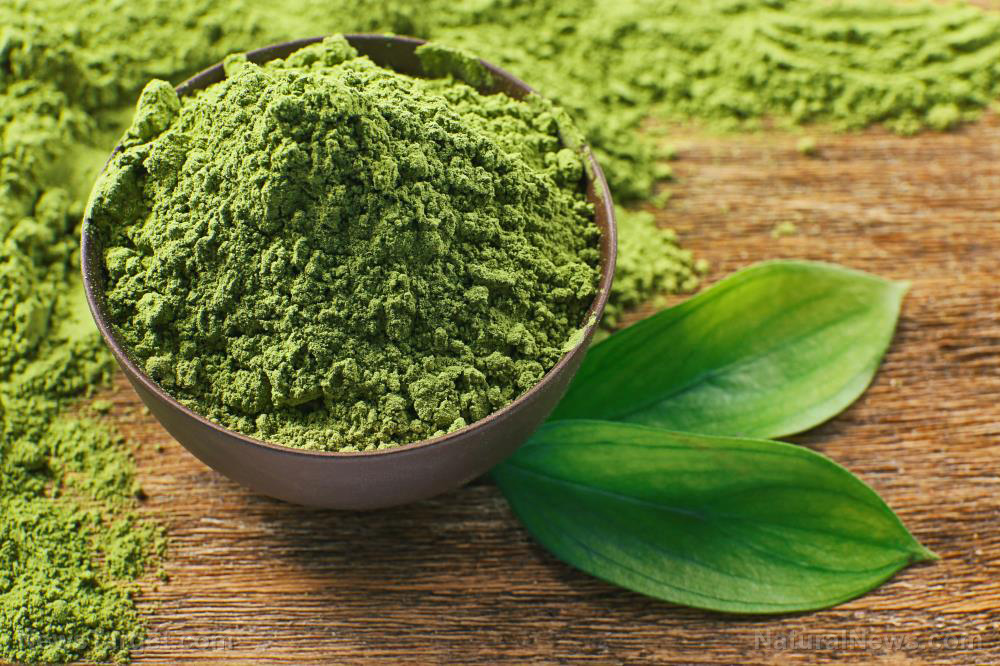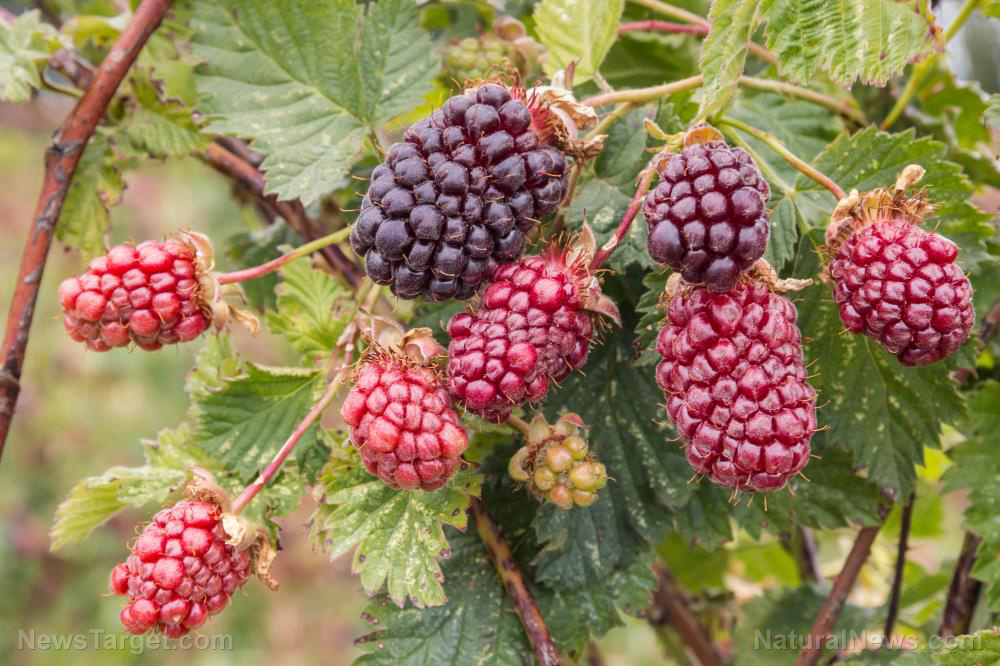Another herb for the survivalist prepper: Amazonian mint can be used to treat cutaneous infections and promote wound healing
09/16/2018 / By Michelle Simmons

The Amazonian mint (Ocimum micranthum) is another herb that a survivalist prepper should take note of. Research has shown that this herbal plant could be used to treat cutaneous infections and speed up wound healing.
In the study, which was published in the journal BMC Complementary and Alternative Medicine, the antimicrobial and antiproliferative activities of the essential oil and crude extracts of the Amazonian mint leaves were evaluated. In traditional medicine, the Amazonian mint has been used for treating cutaneous infections and wounds. Thus, researchers from Mexico conducted the study in order to assess the benefits of the herbal plant on wounds and infections.
For the study, the researchers examined the antimicrobial activity of the essential oil and aqueous and ethanolic extracts of the Amazonian mint leaves against Staphylococcus aureus, Bacillus subtilis, Pseudomonas aeruginosa, and Candida albicans. In addition, they looked at the antiproliferative activity of the plant in the human fibroblast cell line and Chinese hamster ovary (CHO-K1) cells.
Based on the results, the essential oil and extracts of the Amazonian mint leaves can cause an antiproliferative effect on the human fibroblast cell line — even at low concentrations. The antiproliferative effect was more evident in the essential oil, which may be attributed to the antioxidants present in the extract.
However, the essential oil and extracts of the Amazonian mint leaves did not cause an antimicrobial effect against the microorganisms examined. Nonetheless, the ethanolic extract showed potential as a fungistatic agent at low concentrations. This means that the ethanolic extract has the potential to inhibit the growth of fungi.
100% organic essential oil sets now available for your home and personal care, including Rosemary, Oregano, Eucalyptus, Tea Tree, Clary Sage and more, all 100% organic and laboratory tested for safety. A multitude of uses, from stress reduction to topical first aid. See the complete listing here, and help support this news site.
Based on the study’s findings, the researchers concluded that low concentrations of essential oil and extracts of the Amazonian mint leaves could potentially be used as a treatment for wounds and as a fungistatic agent.
Other herbs for treating wounds
For hundreds of years, people have been using herbal plants that grew around them to treat wounds and help speed up healing. In addition to the Amazonian mint, there are other herbal plants that have been used for treating wounds. Here are some of them:
- Aloe vera: The leaves of the aloe vera plant, which are shaped like swords, contain a gel that herbalists have been using for thousands of years to treat scrapes and burns, providing a soothing effect. The compounds in aloe gel may reduce inflammation and promote skin growth.
- Arnica: The flowers of this daisy-like plant have been used by Europeans and Native Americans to soothe burns and heal wounds for hundreds of years. Because of the beneficial effects, many herbal salves contain arnica. It can be found in creams, ointments, and tinctures. Just refrain from taking arnica internally, except in very diluted homeopathic remedies, because it can cause serious side effects like an irregular heartbeat, according to the University of Maryland Medical Center.
- Calendula: Calendula, more commonly known as marigold, is a colorful, sharp-smelling plant. Its flowers have long been used to quicken wound healing. Thus, calendula ointments or tinctures can be applied to minor wounds and skin abrasions.
- Goldenrod: Goldenrod, a yellow-flowered perennial plant, is commonly used for wound healing. In some animal and laboratory studies, goldenrod has been proven to reduce inflammation and fight infection. Goldenrod is available as a tincture or in extracts for topical use.
- Gotu Kola: Gotu Kola (Centella asiatica) is used by herbalists in ointments to treat skin conditions, help heal small wounds, and prevent scars. This plant’s leaves and stems contain compounds called triterpenoids, which are believed to help heal wounds.
- Yarrow: Yarrow has long been used topically to treat wounds and minor bleeding. (Related: Essential oil from the bark of Mexico’s “paradise tree” found to have antimicrobial and antibacterial properties that support wound healing.)
Read more news stories and studies on herbal medicines for wounds and infections by reading NaturalAntibiotics.news.
Sources include:
Tagged Under: alternative medicine, Amazonian mint, cutaneous infections, first aid, herbal medicine, herbal plants, Herbs, natural cures, natural healing, natural medicine, natural remedies, Ocimum micranthum Willd, plant medicine, skin health, survival, survival gear, survival medicine, Wound Healing, wound treatment


